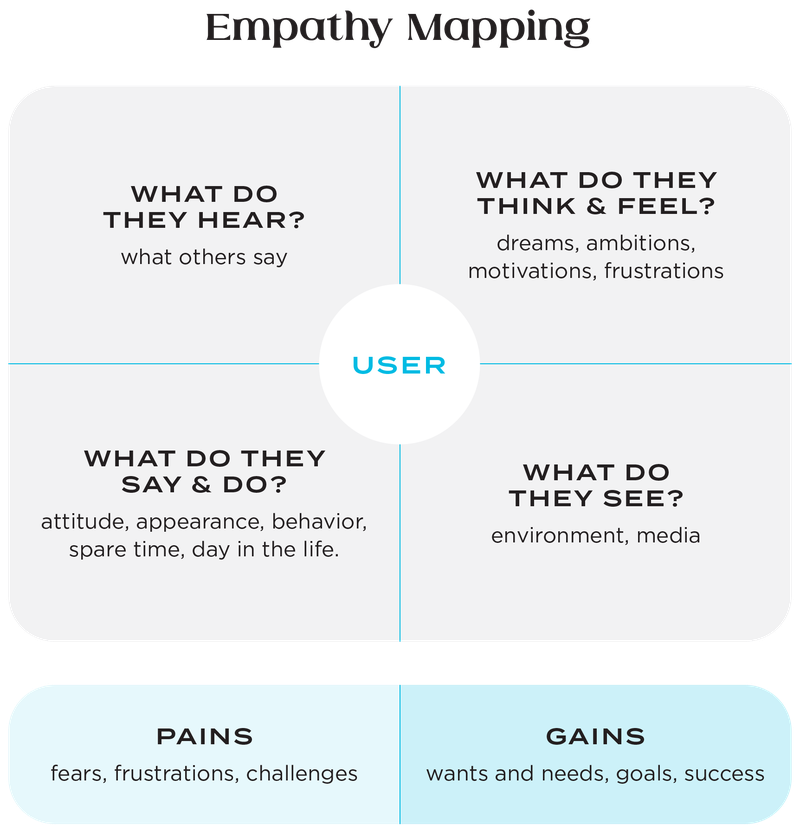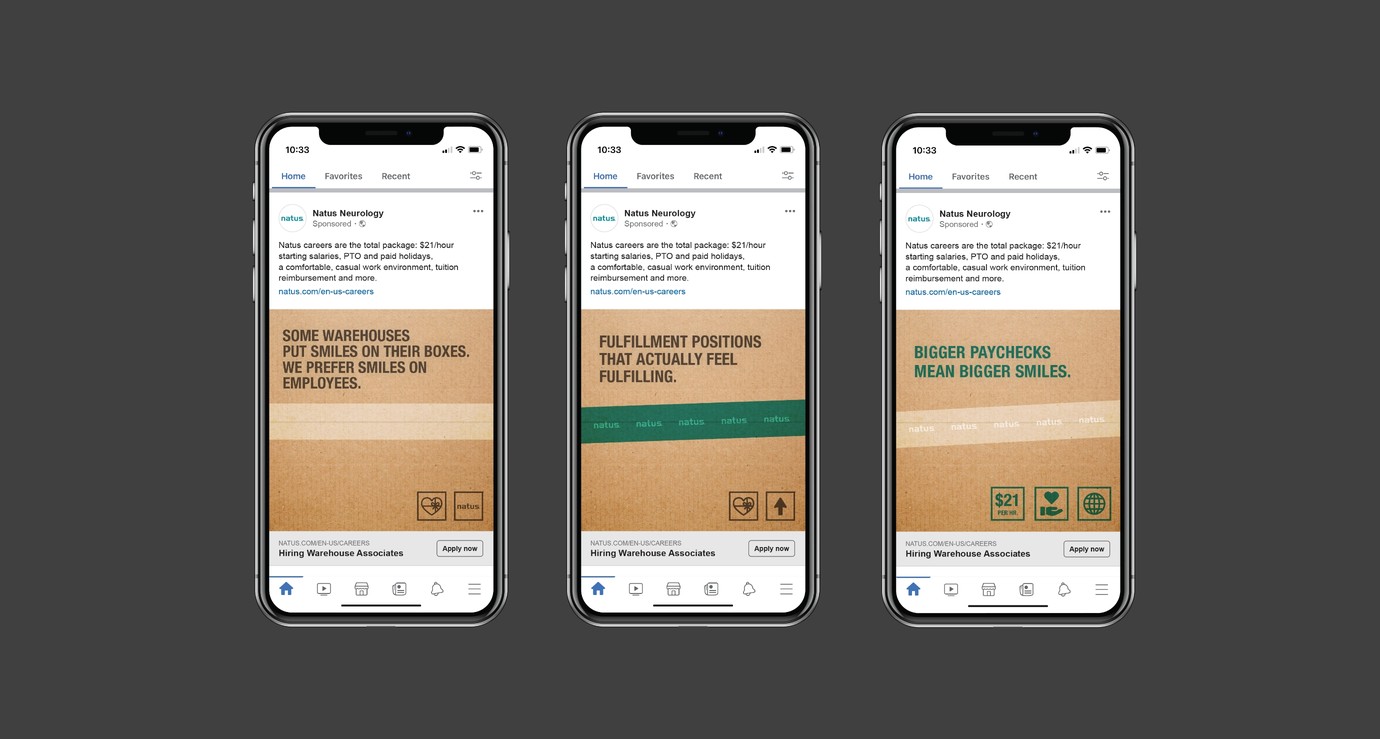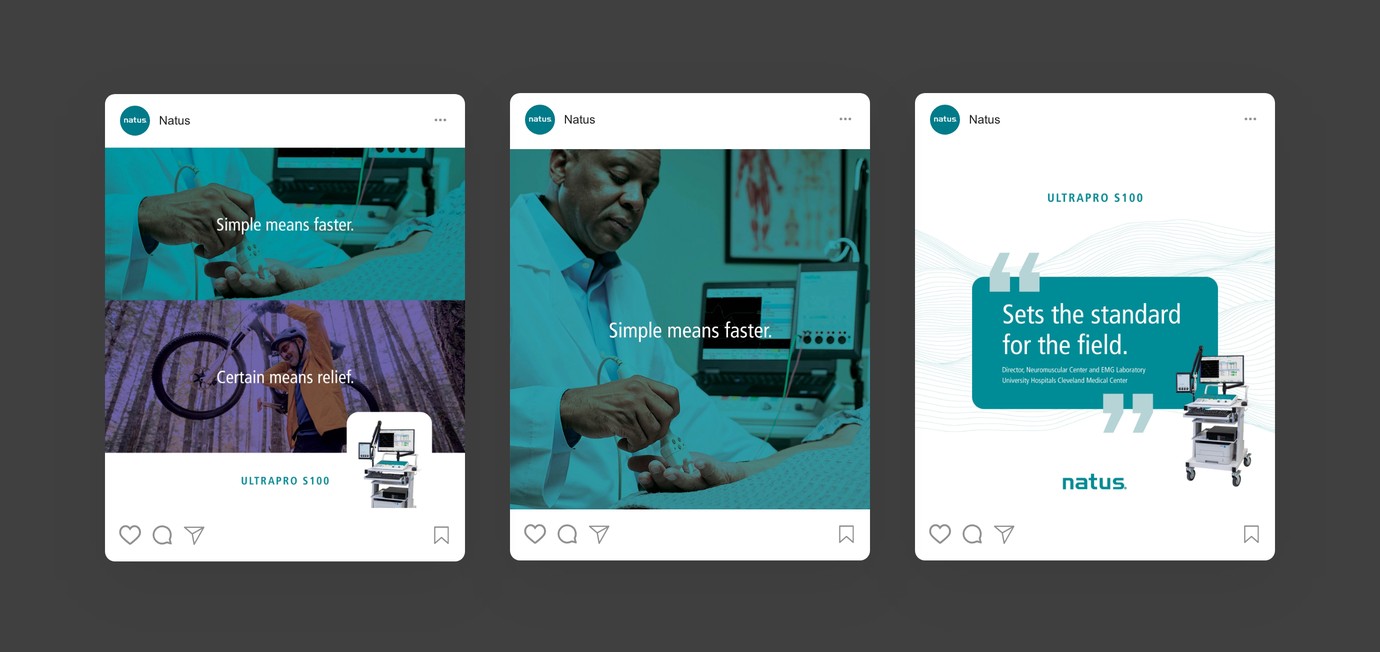

The old-school view? B2B marketing should always lead with logic — buzzwords, specs, features and a focus on ROI. The truth is, every business decision is made by a person. Someone with real challenges, emotions and expectations. Someone who wants to feel understood and valued.
So how do you stand out in a crowded market? Lead with empathy. Even in B2B, maybe especially in B2B, feelings matter.
When you focus on understanding your audience as people, not just professionals, you connect more meaningfully and move them to action. Below are a few ways to make your marketing more human-centered — and more impactful.
Find the right problem
Every great solution starts by asking the right question. Put yourself in your customer’s shoes and ask:
- What is their typical day like?
- What keeps them up at night?
- What goals are they chasing?
- How do they define success?
Understanding builds trust. When you know more about your customer's lives and mindsets, you can uncover the real problem they’re facing, not just the symptoms. That’s the foundation of a brand strategy that connects human needs with business value.
Instead of touting your product’s features, explore why it matters. Why now? Why this solution? Why you?
Here at Core, we’re trained in Design Thinking and often use tools like the Empathy Map to get into your audience’s mindset. In this exercise, we select a target audience, either by interviewing a real customer (if possible) or embodying the persona ourselves, asking:
- What do they think and feel?
- What do they hear?
- What do they see?
- What do they say and do?
- What are their pains?
- What are their gains?

This approach isn’t just about data — it’s about perspective. And that perspective drives stronger messaging that speaks to what people actually care about.
Craft the right message
Once you’ve uncovered the emotional drivers, you can shape messaging that connects as much as it informs. If someone lands on your website and only sees features and specs, they’re not seeing the real you. Using what you’ve learned from your research, building a thoughtful B2B content strategy ensures your messaging:
- Remains clear and specific
- Focuses on value-first language and tells a story
- Avoids overwhelming people with features, specs and technical language
- Uses human-focused language to relate to their pain points
It’s about saying, “We get you.” You understand their frustrations, relate to their challenges and want to help solve them. Once trust is built, you can layer in the features and sales messaging. But connection has to come first.
Bring the story together
Creating a cohesive story is about more than the words you use. It's about showing up consistently in your voice, visuals and values.
Take our partnership with Natus, a medical technology company. They came to us ready to evolve — and we helped shape a brand experience that felt more human, more helpful, and more heartfelt.
Here’s what made the difference:
- We put people at the center of the story. Featuring nurses, doctors and patients using the equipment to show the human impact of the technology.
- We met audiences where they were. While all of our Natus campaigns feel consistently human, we tailor our approach to the challenges. For example, we supported warehouse hiring with a campaign aimed at college students. One standout ad? A pack of ramen noodles with the line, “It’s time to upgrade.” Simple. Smart. Human.
- We simplified the message. Through clear copy, short-form video and relevant visuals, we’ve made highly technical content more digestible for the end user — helping them quickly understand what Natus has to offer and how it benefits them.
Explore more of our Natus work here.



The bottom line
The best B2B marketing doesn’t just sell — it connects.
When you create marketing that empathizes with your audience, you’re not just earning attention. You’re building trust. And trusted brands get chosen again and again. So, let’s drop the jargon and start talking to people, not at them. Because the most memorable brands are the ones that feel human.


